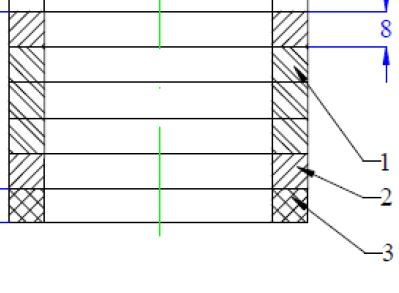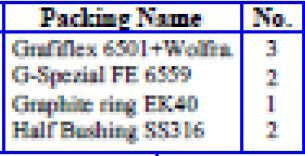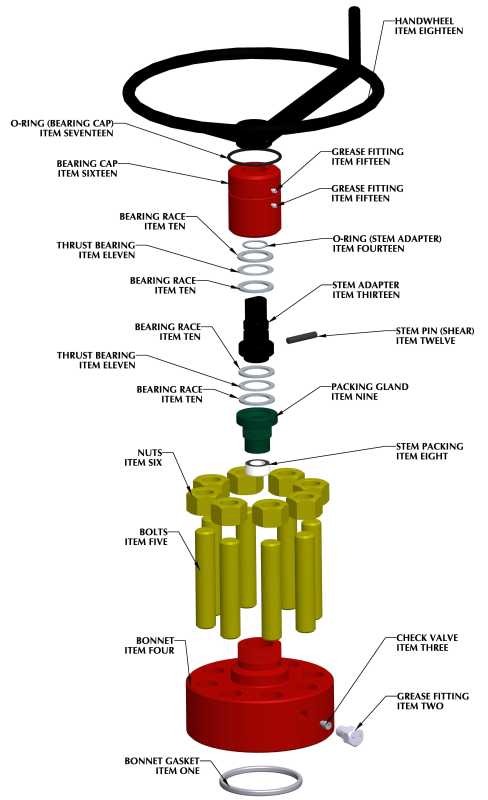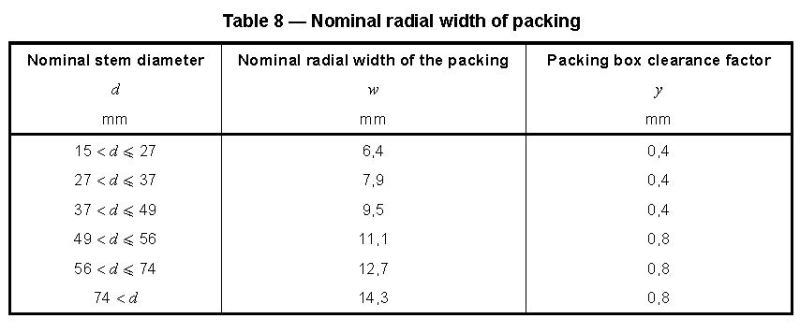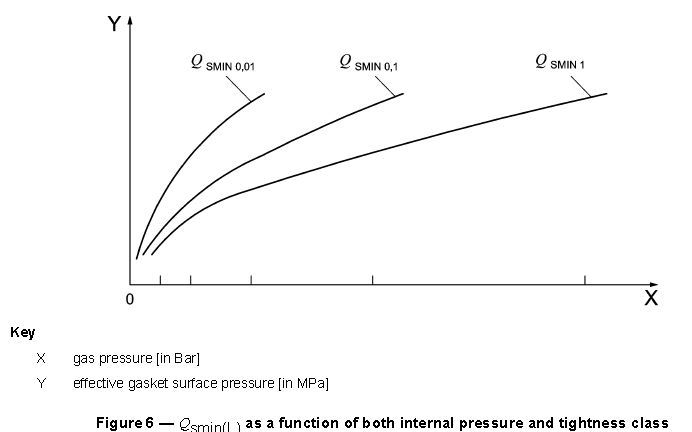Hi Erkamal,
You're not clear on the problem, design and function of the valve. By that respect, your hypothesis of wrong packing selection might be your least problem.
The first step in solving a problem is to recognize that it does exist. And in my opinion leaking gland is not your root cause problem, but with all due respect the information you've had at the moment and lacking of effort to find more information (or even try to elaborate the complete story). Which I find quite concerning if this come from manufacturer.
What is this valve for? On/off or control? both are different since gland compression factor, hysteresis as well as friction are different.
What packing are you using. Standard graphoil indeed not (directly) suitable for pressure above let say 25 MPa. Further does your packing manufacturer tell you about the seating stress of the packing?
What standard used for your valve?
Do you know anything about compression factor or standards for packing tolerance?
If you wish to do empirical analysis as your way forward, suggest to follow similar path as follow:
PS: I google it within 1 min
Some reference that is handy already stipulated in the standards
ISo 10434
ISO
and EN 13555
Information required from your side is type of packing (in detail), Seating stress, gland bolts used, friction coefficient used can be a starting point.
And yes, bluntly assessment a wrong cross section and tolerance may lead to valve jamming, over squeezed, or leaking. Or all three.
Please don't reinvent the wheel, since if this gland packing faulty in the future, the Plant that you've supplied the valve with, should order "industrial type" packing that is available.
Kind regards,
MR
All valves will last for years, except the ones that were poorly manufactured; are still wrongly operated and or were wrongly selected

